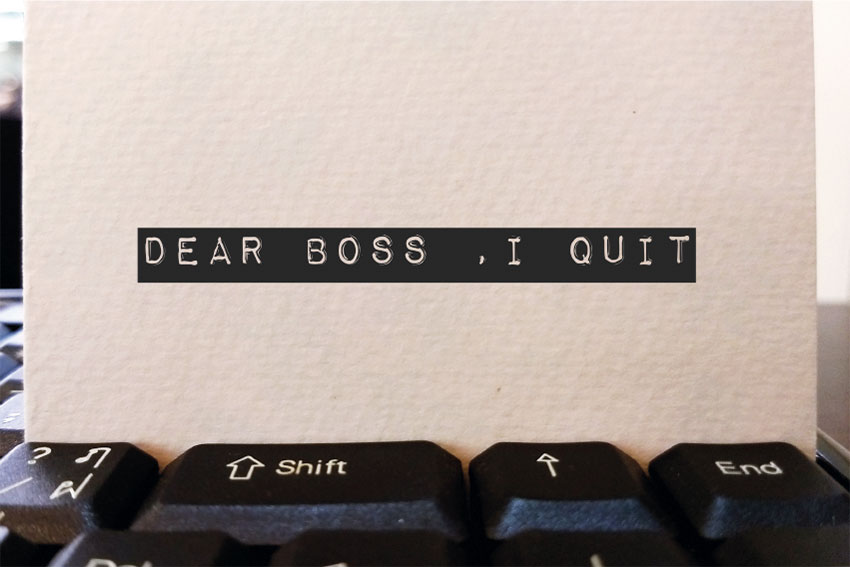
Breaking up is hard to do.
2022 has been the year of The Great Departure from companies. In fact, by mid-November this year, over 73,000 U.S. tech industry workers were laid off,with Amazon, Meta, and Twitter all slashing their headcount in recent days and weeks.
The numbers are even greater for those choosing to move to pastures new, as almost 48 million people quit their jobs this year, an all-time high, with a projected total of 20% of workers overall expected to do so by the end of the year. Not so much ‘quiet quitting,’ but rather more ‘deafeningly loud quitting.’
HR professionals’ own turnover trend
Ironically, HR professionals are being offboarded in record numbers, too. A troubling statistic from LinkedIn shows us that HR has the highest turnover rate of any job function, with 15% quitting during the period of June 2021 to June 2022. With the average job turnover rate at 11% for other professionals, this means that, proportionally, the HR turnover rate is above 35%.
Why is this figure so high? HR professionals see from the inside how the organization treats their employees and can therefore identify toxic company cutlers more deftly — and step away faster.
In addition, burnout in HR is synonymous with the job in many aspects, with the stresses of shifting to remote work, dealing with negative feedback from employees, and offboarding them in droves. AllVoices reveals that 53% of HR professionals are burned out, and 48% of them are looking for a new job themselves.

Find out more in our Masterclass Webinar
Offboarding within the HR lifecycle
Whether jumping ship or being pushed, offboarding is yet another event in the organizational lifecycle that HR handles. My friend, we’ll call her A, is a People & Culture Manager at a medium sized international company. She’s had to offboard a whopping 109 employees this year alone — a combination of lay-offs and resignations. Of course, every retreat from a company falls on the head of Your Friendly HR Manager to deliver the news or handle the exit.
“It’s obviously very hard to give someone the news that they’re losing their job, but it’s not necessarily easier to have someone quit either, especially if they are highly valued by the company, or very disgruntled,” she confessed to me.
HR as part therapist, part diplomat
A explained the conundrum very eloquently: “Offboading is just as important as onboarding and, for HR, it requires a delicate balance of humility, diplomacy, empathy, and listening skills — all which need to be carefully adapted accordingly for the particular case and employee. It’s helpful to receive some coaching before offboarding employees. No one gives you a manual on how to process the residual feelings of guilt or wondering if you could have done anything to prevent them from leaving.”
Here she shares some tips for HR managers who want to conduct the (sometimes bumpy) offboarding process with grace — through the good, the bad, and the ugly:

The good: When they have quit
According to A, these are the “good” kinds of leaver, with exit interviews taking the format of being cheerful retrospectives or positively looking forward to their next adventure. “Maybe they got a better offer elsewhere, have decided it’s the right time in their career for a new challenge, or have decided to change their career entirely. In these cases, it’s always good to focus on the positive highlights of their time with the company and try to connect them with alumni networks and stay within the fold.”
After all, boomerang employees exist, and may very well want to return in the future.
The bad: When they’ve been laid off
Unsurprisingly, A classifies firing employees as ‘the bad’ of offboarding. Here, compassion is key.
“Of course, sometimes there are performance or other quantifiable reasons, which are clearer to lay out as there will be a defined process leading up to this, but mass layoffs are brutal. It happened to me at the start of the year— we’d just hired 50 more team members and I had to fire 25 of them just 6 months later.”
In these instances, A recommends making it very clear that the motivations are not personal, and are rather down to increased labor costs, overshooting headcount projections, or slowdown in business.
She also likes to offer help in sharing C.V.s with her network and encouraging leadership teams to make referrals or recommendations for other opportunities, as well as keeping them connected to the alumni network for future door openings.
The ugly: When they are disgruntled
The third category of offboarding is for the ‘ugly’ kind. Perhaps they have grievances with the company, their manager, or have been passed over for a promotion.
“During my years in this line of work, I realized that the exit interview is the final reckoning for many employees who have decided to part ways with the company. Now is not the time to push back, challenge, or correct. Let them rip and get it all out, because it might be their first chance and only opportunity to finally speak their mind without fear of blowback.”
This is where the diplomat-slash-therapist hat comes into play, as it’s important to validate by listening rather than challenge and question, not least because a lack of listening at this stage could mean the views find their way onto public job rating platforms, such as Glassdoor.
As A put it, “I try to listen and make people feel heard. Now is not the time to argue the party line or make excuses. That ship has sailed.”


